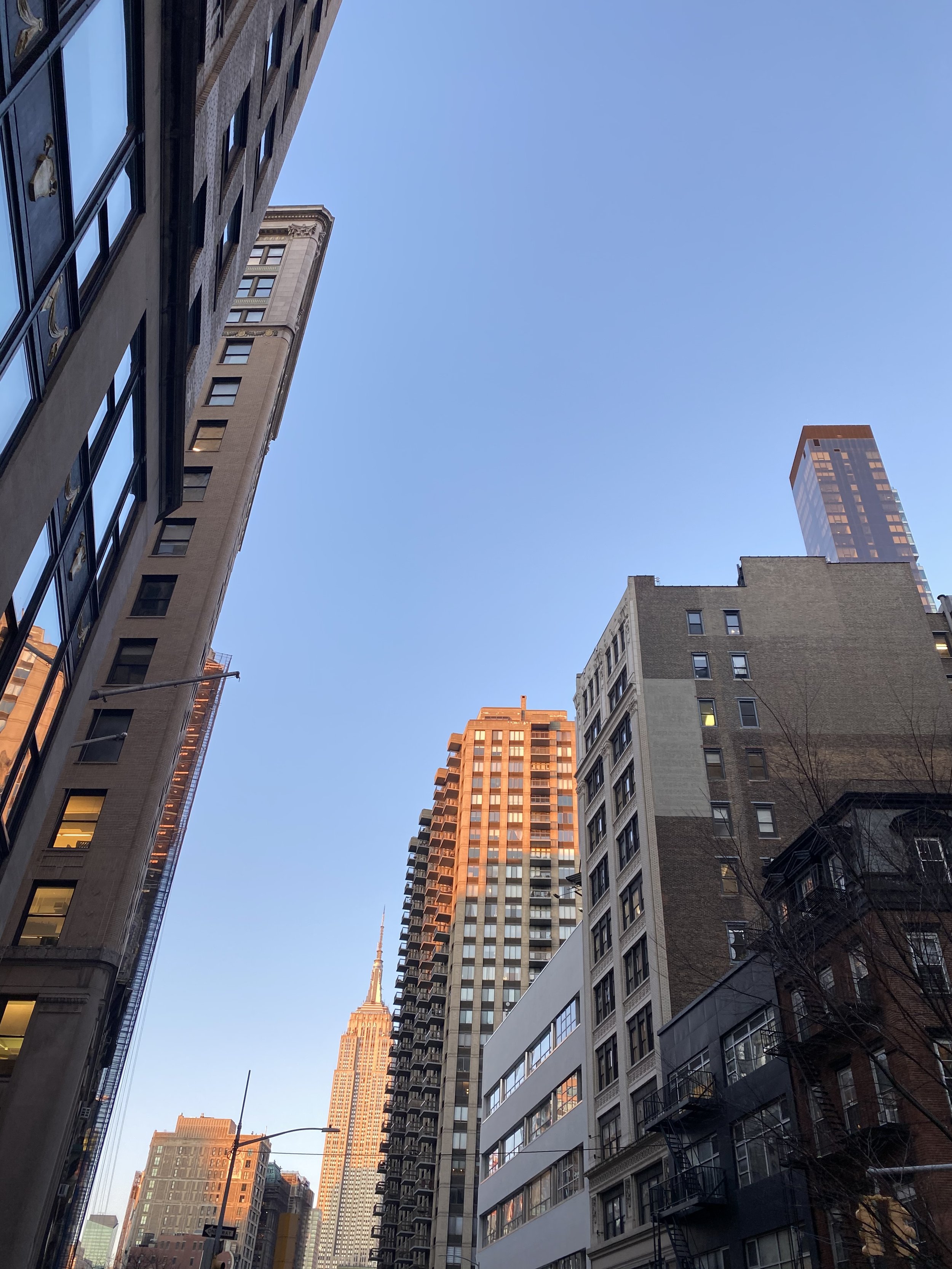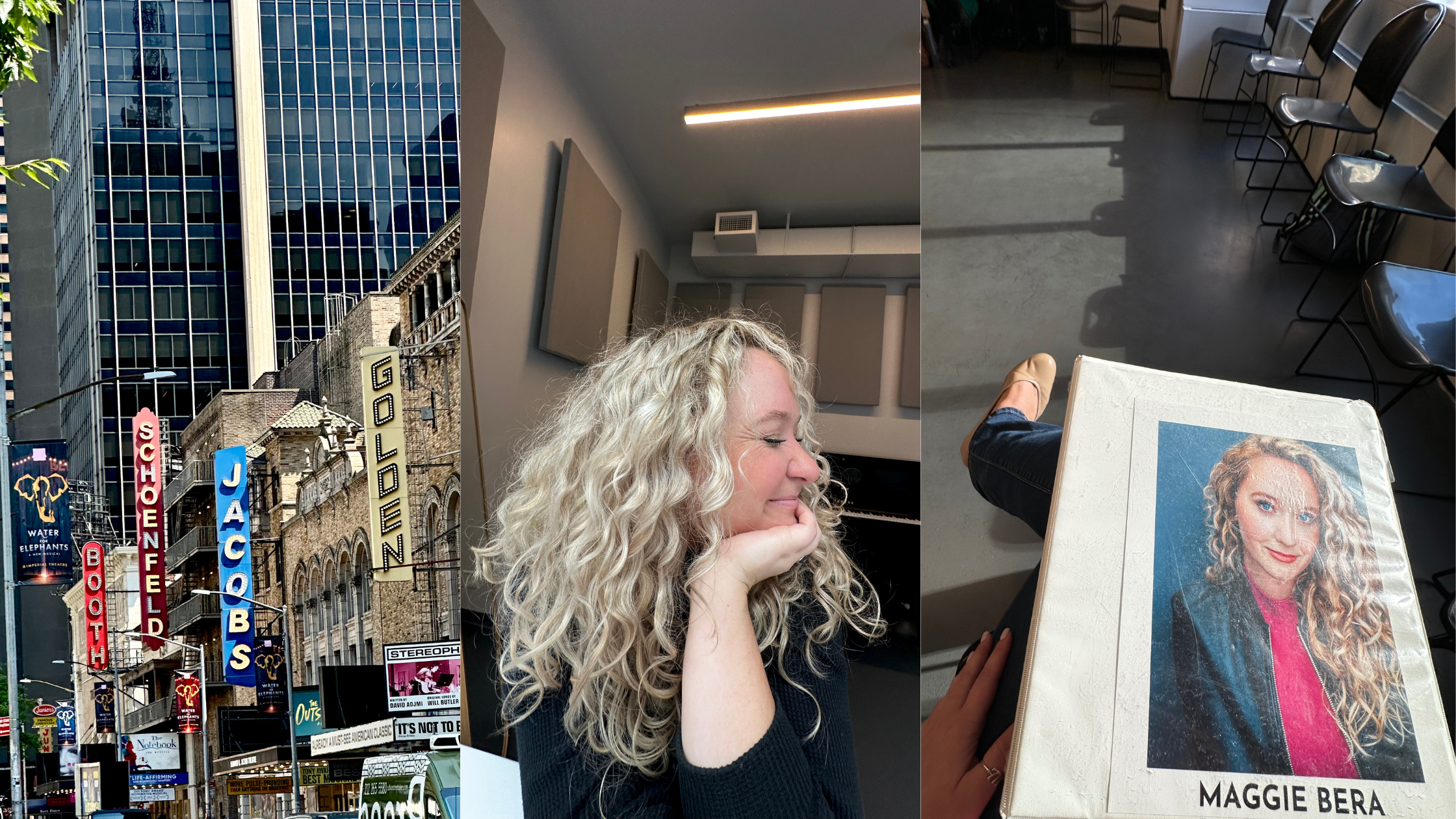How To Film A Successful Make-Shift Self-Tape
Due to the COVID-19 pandemic, auditions are rapidly turning to self-tapes. Whether you’re stuck at home, can’t book a studio or can’t find a reader, don’t fret.
Here are 8 tips for filming a successful make-shift self-tape!
1. Find a quiet place.
In a perfect world, you could rent a studio to film your self-tape.
Obviously if you’re quarantined from the Coronavirus, you’re probably filming from home. Try to keep any pets, kids, or other noises at a distance. Don’t run your laundry while self-taping. Find a room that’s not terribly close to the street (even if it’s your bathroom!)
2. Clear your space.
It’s typically standard to film in front of a backdrop or blank wall. However, casting directors are well aware of the limitations we currently have due to COVID-19.
As long as the space you’re filming in front of is clean and not distracting, you’re ok. You may need to get creative here - push around some furniture, clean off surfaces, etc. Less is more.
3. Use your smartphone.
Even before the COVID-19 pandemic, smartphones with a built in cameras worked just fine. Continue using what you have.
If you’re shooting with a smartphone - make sure you’re filming horizontally (not vertically!) Frame yourself in the camera with a couple of inches space above your head to approximately mid-torso.
4. Don’t have a professional reader? Use a roommate or family member.
At this point, you’re probably hunkered down at home. If you were given dialogue to read on tape, it’s not safe to have other actors over to help act as readers. Ask mom, ask dad, ask your siblings, ask whoever you can to. help out. They don’t have to be stellar - just as long as they give a clean read!
5. On your own? Use voice memos.
Most phones these days have an app to record voice memos. If you were given dialogue to read on tape, and you have no other option, record the lines opposite you and leave space for your own. Of course, this is a last resort option - but if you’re on your own, casting directors will understand.
6. Don’t have a tripod? Stack up some books.
If you’re able to, I would suggest ordering a tripod on Amazon.
If you' don’t have a tripod handy, get stacking. Stack up books, boxes, chairs, whatever you can. Desperate times! Make sure whatever you’re stacking is safe and sturdy. Secure your phone but putting something heavy in front and behind it.
Your self-tape setup will literally be a masterpiece by the time you’re done with it.
7. Don’t have a ring light? Use natural light.
If you’re able to, I would suggest ordering a ring light for self tapes.
If you don’t have the funds to invest in a ring light right now, consider taping your audition during the day with natural light. Natural light looks awesome on camera!
8. Don’t have an accompanist? Have someone make accompanist tracks!
Don’t have the ability to perform with a live accompanist?
No problem.
Send your music over to a professional accompanist and have them record a track for you.
Right now, Aaron from Save My Audition is offering free piano rehearsal tracks to anyone that has been requested by a casting office, theatre or producer to submit a self-tape to help limit social interaction at live auditions.
If nothing else, go on YouTube and search for a karaoke track!
Once you’re reading to make your self-tape, make sure you play your track on another device (besides the one you’re recording on).
For more self tape-tips, click here.
Find this helpful? Be sure to check out the Actor Aesthetic podcast. New episodes every Monday.













Master the art of self-taping with minimal equipment! This guide covers easy lighting, camera setup, and framing tips—perfect for actors auditioning for Heathers: The Musical and beyond.